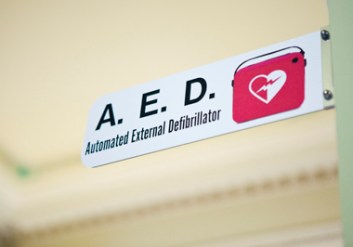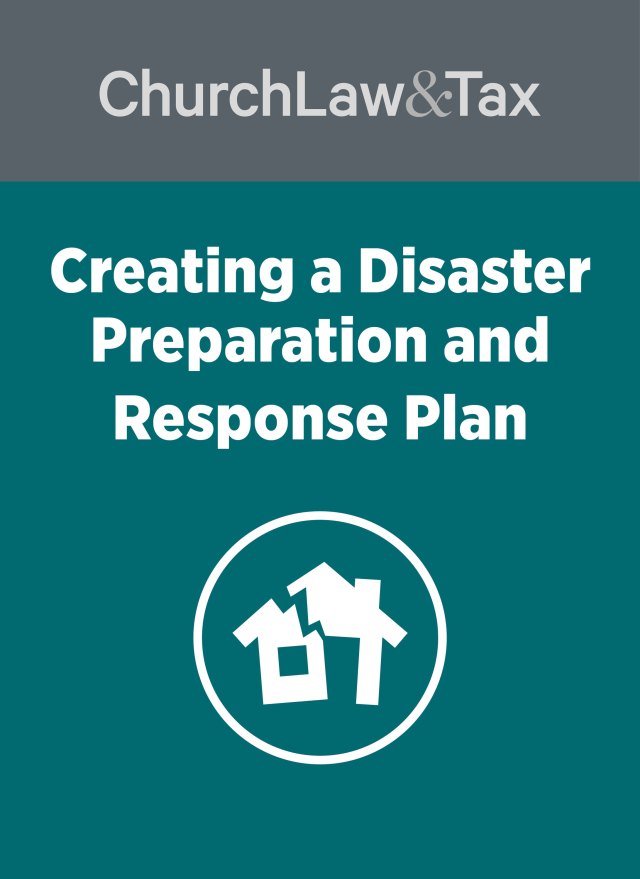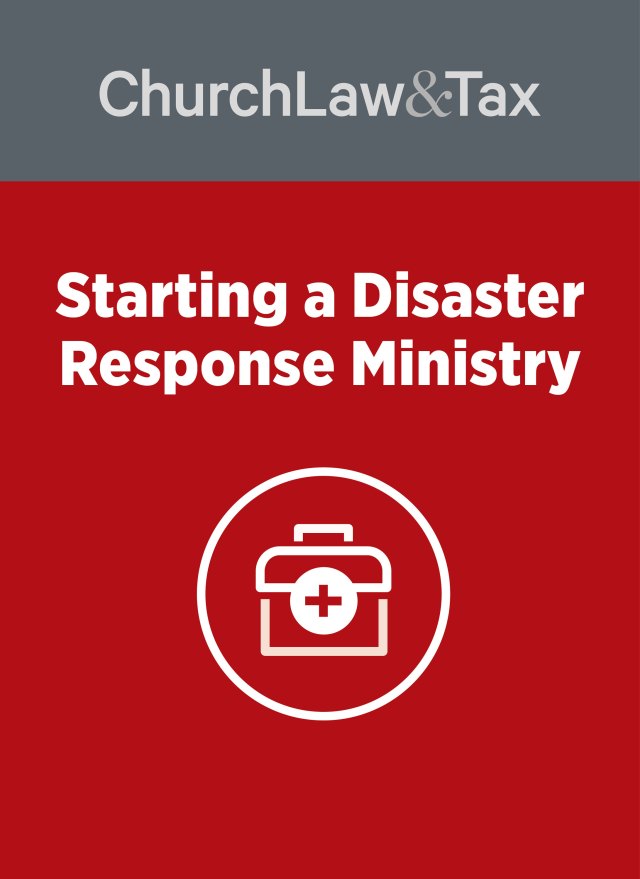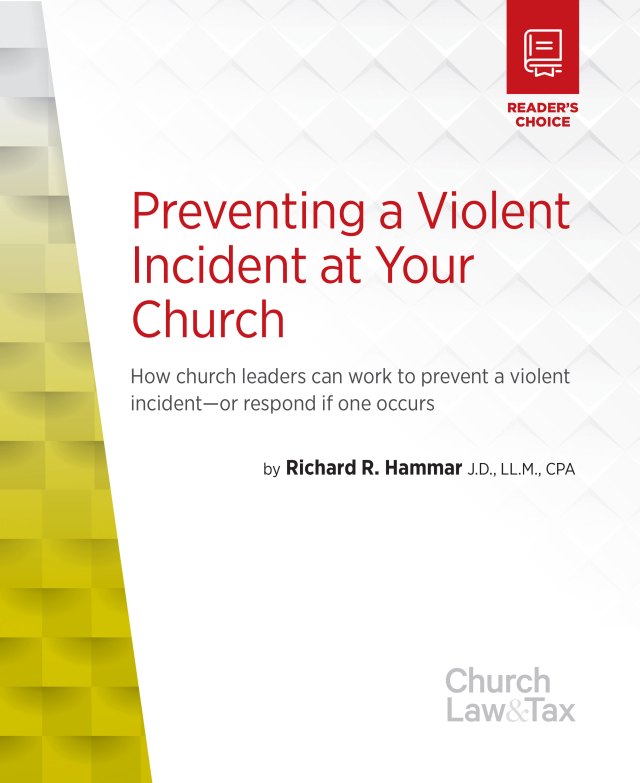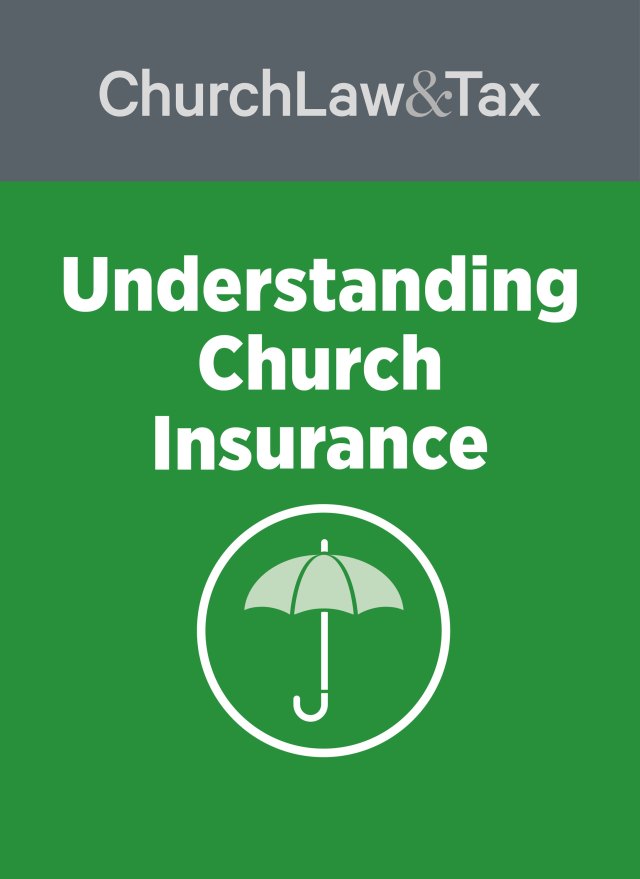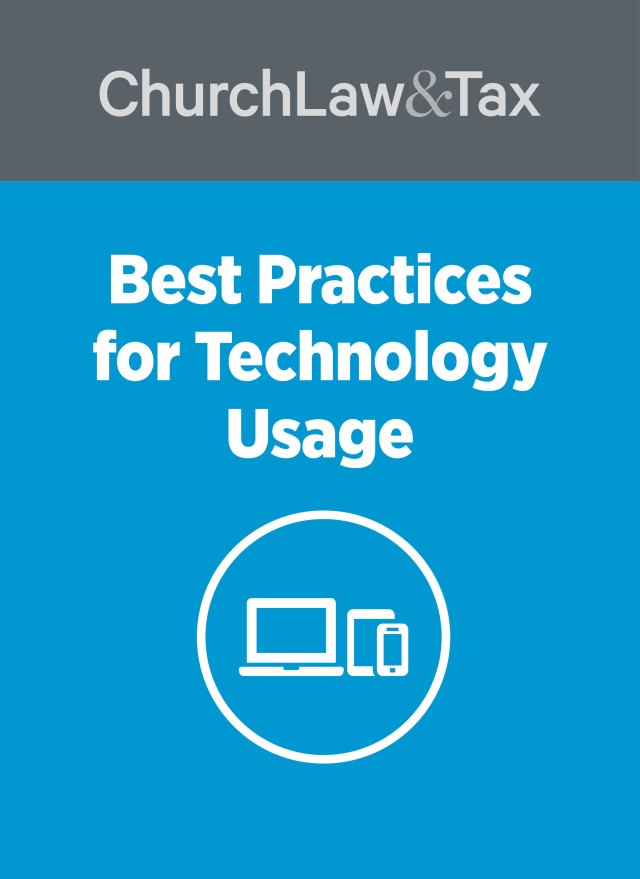When attending church services, you may not consider the possibility that someone could unexpectedly experience sudden cardiac arrest. But the reality is that it can happen—and churches need to be prepared to respond.
“Cardiac arrest—an electrical malfunction in the heart that causes an irregular heartbeat (arrhythmia) and disrupts the flow of blood to the brain, lungs and other organs—is a leading cause of death,” warns the American Heart Association. “Each year, more than 350,000 out-of-hospital cardiac arrests occur in the United States.”
One of those of cardiac arrests could occur at any church—and one key way churches can respond is by having an automated external defibrillator (AED) on-hand and administering it to the person who is experiencing sudden cardiac arrest.
Last fall, a California church found out firsthand the importance of having an AED on the premises.
“One Sunday last September, we had a lady go into cardiac arrest,” says Bob Ewing, the executive pastor at First Christian Church in Huntington Beach. “We do have an AED, and while a staff member retrieved it, a member who was a fireman started CPR.
“The lady’s doctor stated that she would not have survived if the AED hadn’t been used.”
The action of those responding on-site during that emergency situation—and the availability of an AED—are two key lessons for churches to take away from this incident, and the statistics point out why.
“SCA [sudden cardiac arrest] usually causes death if it’s not treated within minutes,” states the National Heart, Lung, and Blood Institute. “In fact, each minute of SCA leads to a 10 percent reduction in survival. . . . Rapid treatment of SCA with an AED can be lifesaving.”
The American Red Cross also points out that “[t]he average response time for first responders once 911 is called is 8-12 minutes.”
That means if Ewing’s church hadn’t had an AED on-site, they could have waited more than 10 minutes for help to arrive, causing the attendee’s chance of a successful recovery to diminish significantly. Although churches should immediately call for emergency medical personnel to provide assistance when someone is experiencing sudden cardiac arrest, they should also keep in mind that they can take action while waiting for them to arrive—and that’s where an AED comes in.
Because an AED was accessible at Ewing’s church, an attendee was able to take action to try to stop the cardiac arrest by employing the AED. The use of the AED resulted in a life-saving outcome for the woman.
As Ewing’s story illustrates, the cost of churches purchasing AEDs is far outweighed by the cost of not purchasing them.
For more details on this topic, see “The Legal and Moral Case for a Defibrillator” by Richard Hammar.
